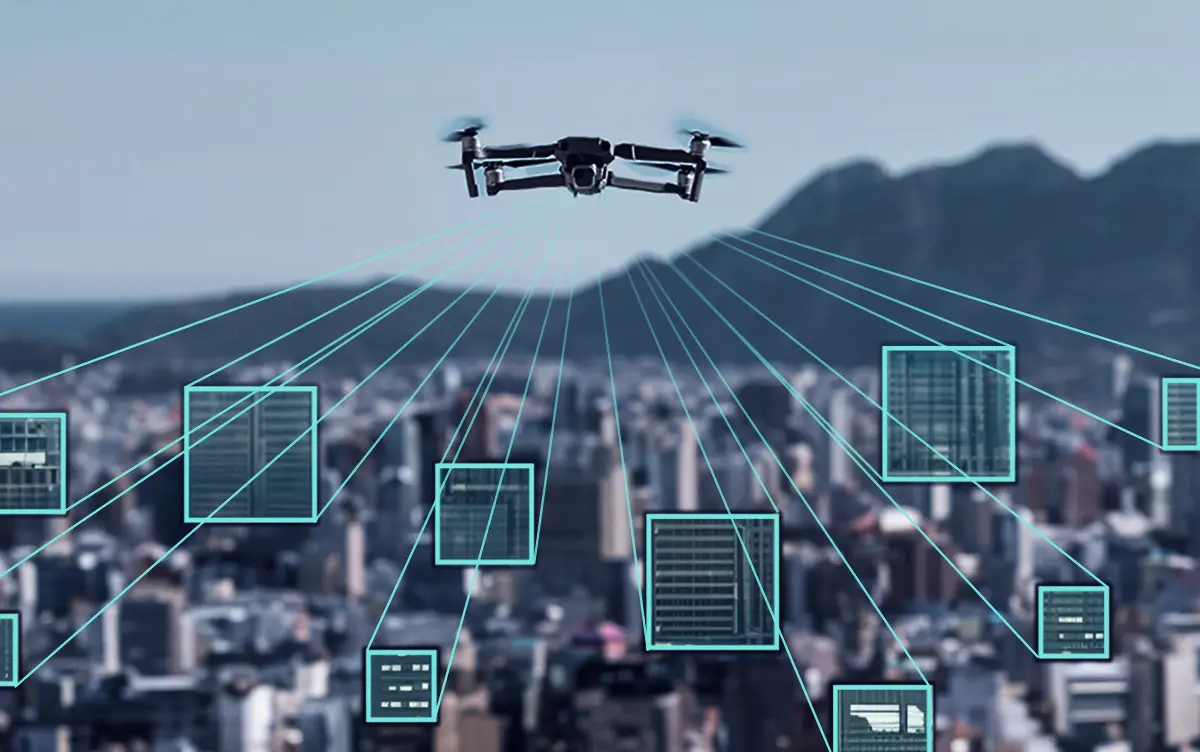Smart home security systems can provide your family with added peace of mind. Notifying you of intruders or providing access to emergency services when away can help ensure everyone stays safe.
Due to the “Internet of Things” and wireless Zigbee, Z-Wave, and Wi-Fi connections, these systems are easier than ever to set up and use – many even come equipped with professional monitoring services as an added convenience.
Remote Access
Smart home security systems for connected homes allow you to monitor the system through an app on your smartphone, enabling you to control lights, lock doors, or adjust thermostat from anywhere around the world.
Remote access is one of the main draws to a smart home security system, providing peace of mind and convenience while you’re away from your home. It can come especially in handy while on vacation or just checking on things from faraway.
Technicians can use remote access solutions to troubleshoot any device that may be malfunctioning without needing to visit directly at user’s location, saving both time and money while quickly diagnosing what’s amiss and fixing it quickly so your device is back online faster.
Motion Detectors
Motion detectors are an integral component of smart home security systems. These sensors alert you when people enter or leave your property, as well as alert any intruders attempting to gain entry.
These sensors can also be used to control light switches and appliances in your home, such as motion detectors that only turn lights on when someone enters a room. For instance, you could set one up so it lights only when someone is present in that particular space.
Infrared (IR) motion sensors detect changes in infrared radiation emitted by humans and surrounding objects, including changes caused by movement. You can configure them to ignore minor infrared changes for reduced false alarms.
Other forms of motion sensors include tomographic and vibration detectors. All these technologies can work together to reduce false alarms and improve system accuracy.
Alarms
Smart alarms are an essential component of any modern security system and a great way to increase home protection. They typically consist of a hub, sensors and cameras which can all be managed using an app on a smartphone device.
One of the key advantages of installing a smart alarm in your system is its ability to help deter robbery, theft and property damage. They’re designed to detect intruders before they even gain entry, providing invaluable protection of both home and belongings.
Circuit alarms use electricity to detect intrusion by setting off specific triggers that cause electricity to flow. While this type of alarm works effectively for protecting the perimeter of your home, it doesn’t perform as effectively inside.
Video Monitoring
Video monitoring can provide an easy way to stay in touch with your home, from anywhere. Checking on cameras from anywhere via your phone, tablet, or computer.
This feature can be especially helpful when away on vacation or working late into the night. Some cameras also include keypads or fobs that let you arm and disarm your alarm remotely.
Some of the best video monitoring systems also include motion detection features that alert when something changes within their view, which may come in handy when caring for animals that might wander into your home unannounced.
These systems also come with features to prevent false alarms that could cost a business money. When sensors detect changes in their environment, they send an alert directly to a monitoring center for monitoring.




